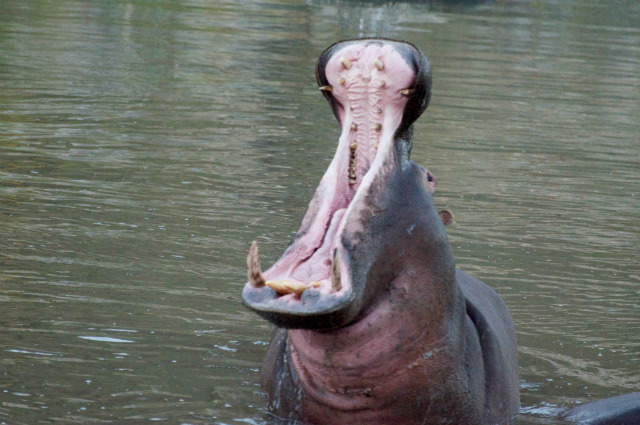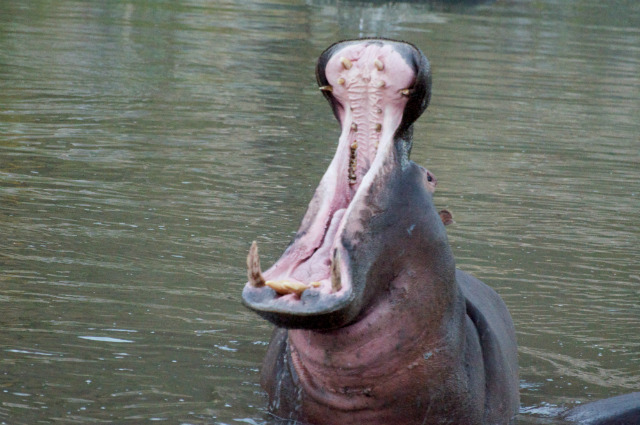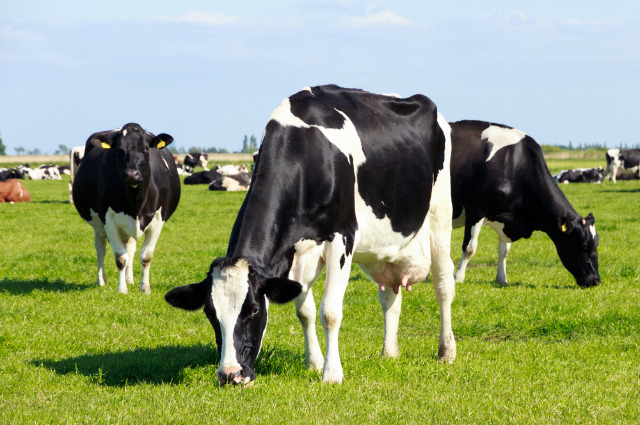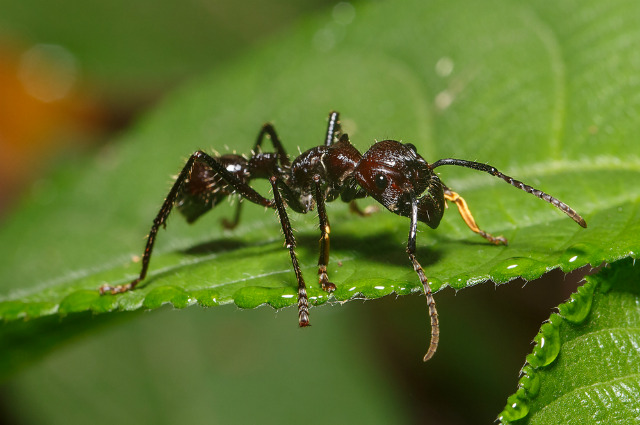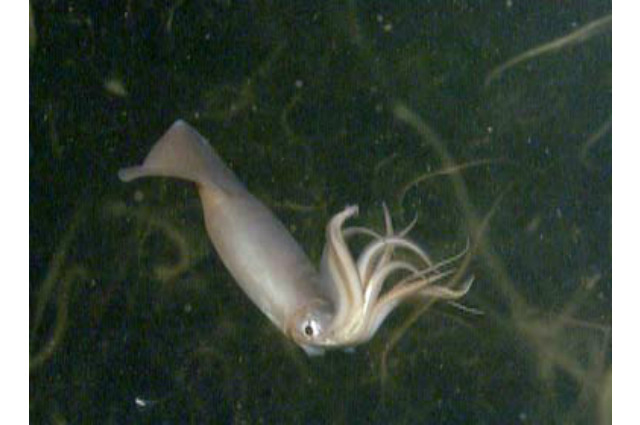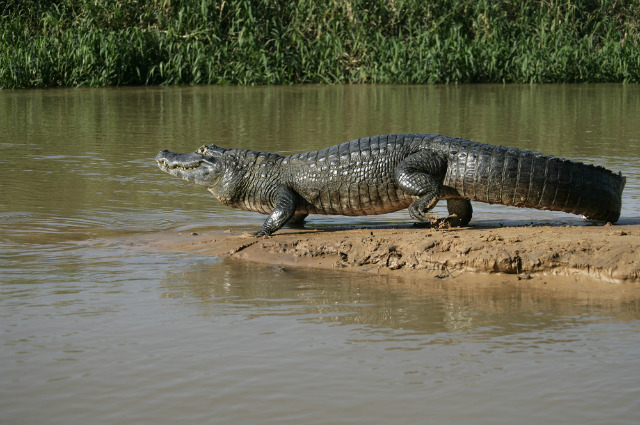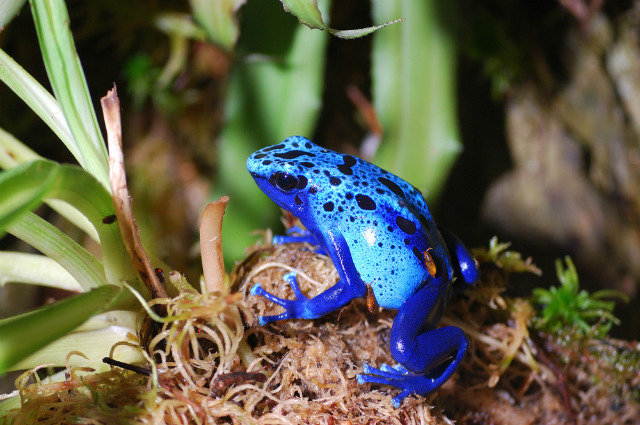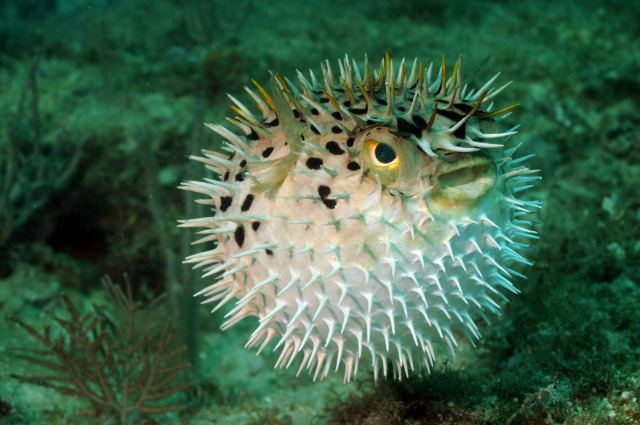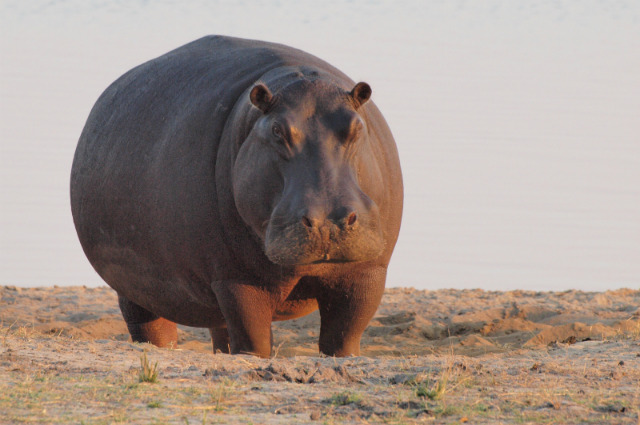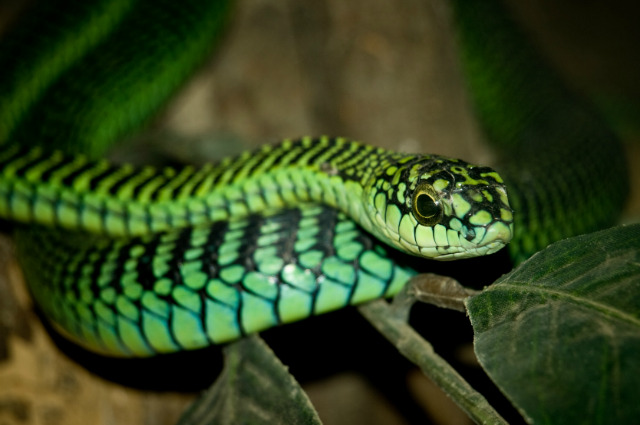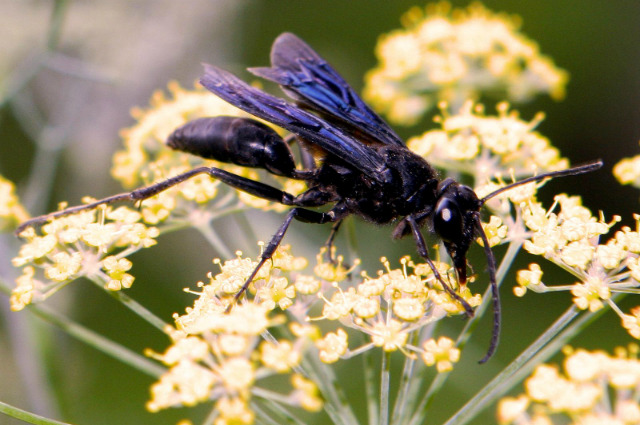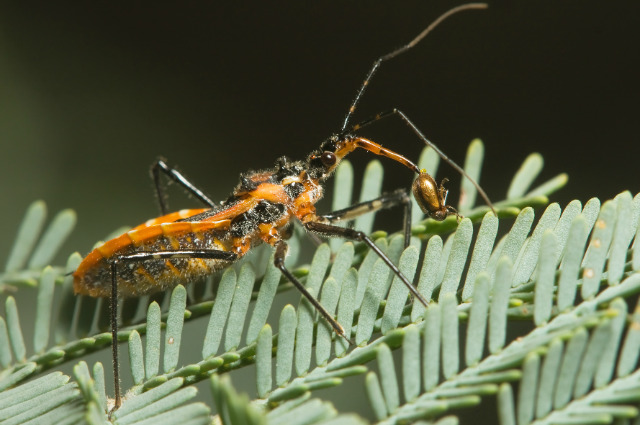12 Of The World's Most Dangerous Animals
12 of the World’s Most Dangerous Animals
Bears, lions, sharks... In general, these are the animals that first come to mind when we think of "dangerous" creatures. Sure, they can certainly be deadly, but the reality is, when it comes to categorizing the most threatening beasts and critters on earth, you have to consider factors beyond brawn and big teeth (although those characteristics do count, too).
In our search for the world's most dangerous animals we found there are a few different ways you can classify a creature as dangerous. For instance, you can consider how many human deaths it's caused, or you can take a look at the power behind its defense mechanisms, like the potency of a snake's venom for instance. For this reason, we considered several different variables when rounding out this list.
Yes, dogs kill about 28 people a year in the U.S., but would you really consider them more dangerous than a squid powerful enough to cut through flesh and bone? Ultimately, that's for you to decide, but in general, dogs are mostly safe to interact with. Of course, most will never come across a killer squid in their lives, but instead of exclusively considering statistics related to animal-caused deaths, we found it was more interesting to take a slightly wider perspective by including lesser known animals from all around the world.
Curious to see which hazardous and even deadly creatures made the cut? Here's a look at some of the world's most lethal, poisonous and downright dangerous animals.
Cows
OK, unless you work on a farm you probably don't have to worry about being injured or killed by a cow (according to The Washington Post's report, most people killed by cows are farm workers), but still, we were surprised to learn that cows kill about 20 people per year in the U.S. alone. The Centers for Disease Control and Prevention noted that hefty cows are "powerful, quick, protective of their territory and offspring, and especially unpredictable during breeding and birthing periods."
Bullet Ant
Part of National Geographic's "Deadly 60" list (a round-up of the world's most deadly animals —not necessarily to humans, though), the bullet ant's sting isn't lethal but it's certainly incapacitating. In fact, it's widely considered the most painful insect sting in the world. "The pain is so immediate and intense that it shuts down all illusions of life as normal," Dr. Justin Schmidt of the Southwestern Biological Institute in Arizona told the BBC. "Imagine sticking a finger in a 240 volt electrical socket." That's reason enough for us to dub this bug definitely dangerous — as in, we'll stay as far away as possible, thank you very much.
Humboldt Squid
According to a report from the Associated Press (AP), when these aggressive jumbo squids began washing up on San Diego beaches in 2009, many divers (even the more experienced) were chased out of the water. "Some divers report tentacles enveloping their masks and yanking at their cameras and gear," AP reported. Given the Humboldt is known for having a beak sharp enough to cut through both flesh and bone, it certainly sounds like those divers were lucky to make it out of the water uninjured and alive.
King Cobra
Typically, King Cobras are shy and will avoid humans. But when confronted, as National Geographic explains, they will become "fiercely aggressive," and that's when their "danger factor" comes into play. While King Cobras don't have the most potent venom in the world, they're still considered one of the most deadly snakes. "The amount of neurotoxin they can deliver in a single bite—up to two-tenths of a fluid ounce (seven milliliters)—is enough to kill 20 people, or even an elephant," National Geographic reports.
Spectacled Caiman
This wily reptile, National Geographic reports, can kill almost anything with just one snap of its unbelievably strong jaws. That, paired with supreme stealth and extreme speed means the Spectacled Caiman is easily one of the most intimidating and dangerous crocs in the world.
Poison Dart Frog
These brightly colored amphibians may be tiny, but they certainly should not be underestimated. Why? Well, there are many different types of poison dart frogs and some are less toxic than others, but for example, the golden poison dart frog is said to have enough venom to kill ten grown men.
Pufferfish
Another sea creature all humans will certainly want to steer clear of, while the Pufferfish might look kind of cute, the fact that it can definitely kill you certainly is not. According to National Geographic, most pufferfish are armed with tetrodotoxi, a substance that's lethal to humans. How lethal? It's 1,200 times more poisonous than cyanide.
Hippopotamus
Hippos are known for being graceful swimmers, but elsewhere their personalities are characterized by aggression and hostility. They're widely considered the most dangerous animals in Africa and it's reported that Hippos kill about 500 humans per year worldwide.
Box Jellyfish
Sometimes called sea wasps or marine stingers, the box jellyfish possesses one of the most deadly types of venom in the world. The poison attacks the heart, nervous system and skin cells and causes excruciating pain. One researcher at the University of Hawaii called the box jellyfish "the most venomous animal in the world." Dr. Angel Yanagihara and his team found that the venom causes cardiac arrest quite quickly by "punching holes in red blood cells and causing potassium to leak out of them."
Boomslang Snake
This slithering serpent may not look as menacing as the King Cobra, but its venom is equally, if not more, deadly. Even small amounts of the boomslang's hemotoxic venom can cause hemorrhaging that eventually leads to death.
Bees Wasps, and Hornets
No, these pesky pests aren't dangerous in the sense that their stings are lethally poisonous, but interestingly enough, in the U.S. bees, wasps and hornets are responsible for about 58 deaths per year, "Mostly due to anaphylactic shock after a sting," The Washington Post reports.
Assassin Bug
These creepy crawlers prey on the blood of vertebrate. While their bites aren't immediately life-threatening, they commonly spread the parasite that causes Chagas disease, which can cause damage to organs and eventually death. 10,000 deaths worldwide are attributed to the Assassin Bug each year.
